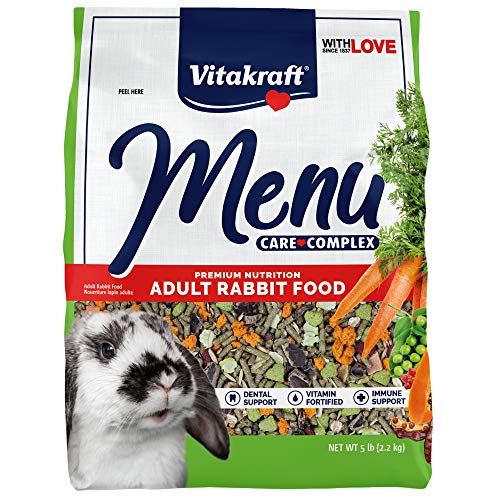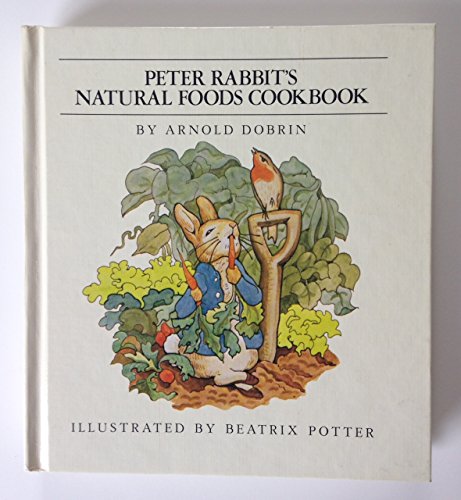The doe is a broken black with potential Himi, and that's all we know.
Pedigree for my black buck:
----------------------------------------GGS: Black
----------------------------GS: Broken Black
----------------------------------------GGD: Black
---------Sire: Black
----------------------------------------GGS: Broken Black
-----------------------------GD: Black
----------------------------------------GGD: Tortoise
Trooper, Black (sire of expected litter)
----------------------------------------GGS: Blue
-----------------------------GS: Black
----------------------------------------GGD: Broken Black
---------Dam: Broken Black
----------------------------------------GGS: Broken Black
-----------------------------GD: Lilac
----------------------------------------GGD: Black Otter
I see lots of brokens in her future, but is it possible some of the torts, blues, and lilac come out?? I'm wondering and am beginning to get into the genetics but being a noob, I'll just have to see what comes out (Rabbits LOL).
Update:
I edited this since with the hyphens since the spacing didn't come out in the post; I think a few were confused that I was posting the pregnant doe's pedi too. This is all the buck's pedi.
Pedigree for my black buck:
----------------------------------------GGS: Black
----------------------------GS: Broken Black
----------------------------------------GGD: Black
---------Sire: Black
----------------------------------------GGS: Broken Black
-----------------------------GD: Black
----------------------------------------GGD: Tortoise
Trooper, Black (sire of expected litter)
----------------------------------------GGS: Blue
-----------------------------GS: Black
----------------------------------------GGD: Broken Black
---------Dam: Broken Black
----------------------------------------GGS: Broken Black
-----------------------------GD: Lilac
----------------------------------------GGD: Black Otter
I see lots of brokens in her future, but is it possible some of the torts, blues, and lilac come out?? I'm wondering and am beginning to get into the genetics but being a noob, I'll just have to see what comes out (Rabbits LOL).
Update:
I edited this since with the hyphens since the spacing didn't come out in the post; I think a few were confused that I was posting the pregnant doe's pedi too. This is all the buck's pedi.
























































